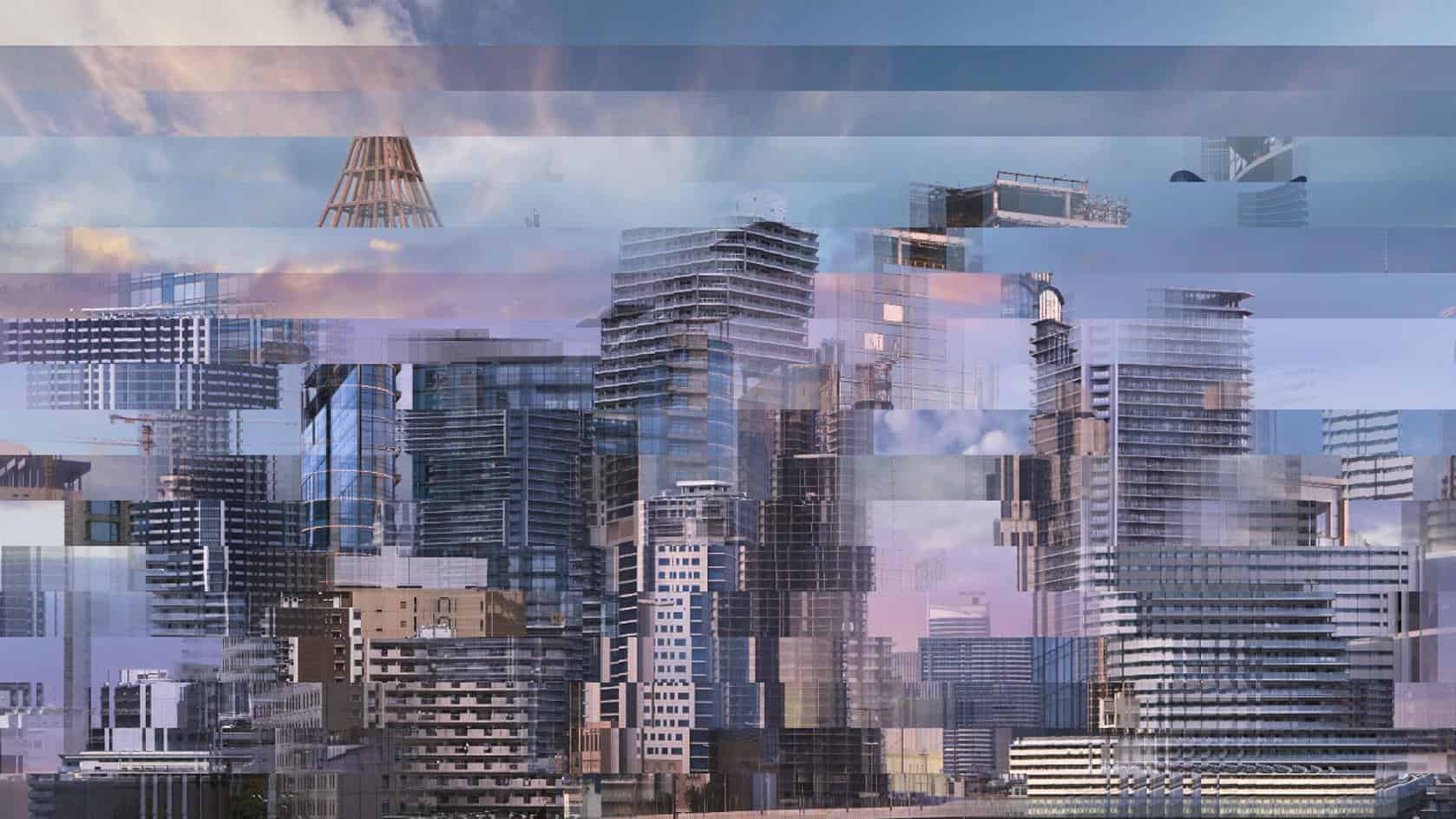Because of their potential to revolutionize several industries, non-fungible tokens have emerged as a key trend in 2021, gaining widespread media interest.
NFTs have a broad range of influence, spanning artistic, technological, and commercial interests, and also have swept the globe by shock. As a result, it is not surprising that so many artists and producers have hopped on board to offer their digital creations for exorbitant prices.


The main advantage of NFTs is that they are immutable; this implies that information cannot be readily modified or changed because it is available on the blockchain. Furthermore, because cryptos are non-fungible, they cannot be copied in the same way that other digital currencies such as Bitcoin or Ethereum can.
While the debate about NFT art is obviously oriented on the economics and politics of who gets to purchase it, it has opened a space for artists to experiment with a previously overlooked medium for its possibilities and intangible quality. For those who perceive blockchain as a potential possibility for artists, the next natural step may be to speculate about NFTs overflowing into architecture and the implications that its implementation may have for the design industry in the coming years.
Since Covid, the architecture sector had already been undergoing significant modifications, but what influence will a catchy phenomenon possess on the profession, that also requires the funding, marketing infrastructural facilities, and brand framework obtainable to artists and their customers trying to drive the surge that has grabbed the interest of many in the visual art sector?
Design and architecture are two areas where NFTs can be useful. Earlier, it was unthinkable to offer virtual structures or virtual locations. But, NFTs have enabled producers to develop digital commodities that can be traded in a competitive market centered on cryptocurrency innovation.
It appears that NFTs have begun a cycle that will result in the automation and monetization of digital assets and architecture in the long term. Architects may now build home designs and validate the uniqueness of their work owing to NFTs.
While digital arts can be replicated multiple times throughout the world, there could only be unique. This is comparable to the Mona Lisa, albeit the picture has been copied in many variants across the globe. The original, as we all know, is housed in the Louvre in Paris. However, we can simply go to a store and get a duplicate for our homes or businesses.
NFTs allow for the construction of one-of-a-kind architectural designs that may be marketed by the inventor and certified on a blockchain produced by anybody. Furthermore, most NFTs include a metadata element that may be changed to provide information such as the date of manufacture, artist identity, and past proprietors.
NFTs have also fueled a new fascination for virtual worlds, where users may interact with objects that do not exist. 3D artist Alexis Christodoulou, for instance, reportedly auctioned off a series of nine cartoon movies that blurred the line between digital and real worlds. The NFT sold for more than $300,000 and piqued collectors’ curiosity.
The expanding quantity of crypto investors in the population worldwide, combined with the trendy issuance of artworks on NFT, will alter how tasks are accomplished in the coming years. There are many questions about how designers and architects can be a portion of this revolutionary transformation.
There are several methods to participate in the new digital world system. It is as simple as joining any social media site to debate and talk about it or making the initial move to acquire any virtual currency, whether on a sanctioned or unsanctioned crypto network. You can also trade with USDT, but for that, you first have to buy USDT.
Despite the fact that the NFT train is going, others say it is a bubble that will ultimately burst. This is attributable to a shortage of price restrictions and the existing attitude of purchasing NFTs to resale for income in the future.
NFTs also highlight the issue of ownership, because digital pictures are typically not held by a single individual, but rather by a design firm in the architectural business. This might result in a contradiction of interest over who profits from NFTs.
Notwithstanding this, NFTs provide a novel notion that may require a rethinking of how architecture and design are approached in the future. Moreover, it enables smaller design firms to tap into an altogether new marketplace and revenue source.
It is well known that architecture is a difficult sphere, and prospective architects may use NFTs to take their creativity to the next level. They will also enable architects to commercialize their inventions without the limits of project fees, excessive transaction costs, and other issues.
This website uses cookies.